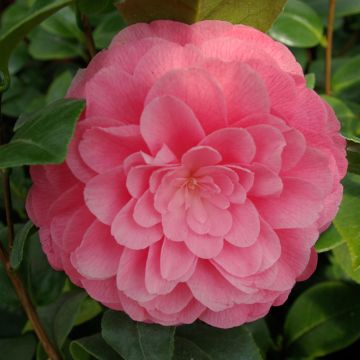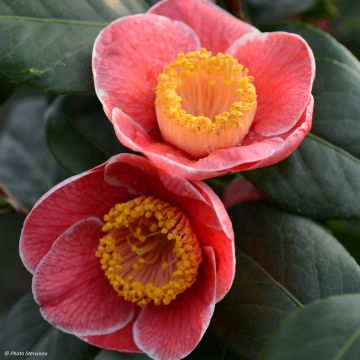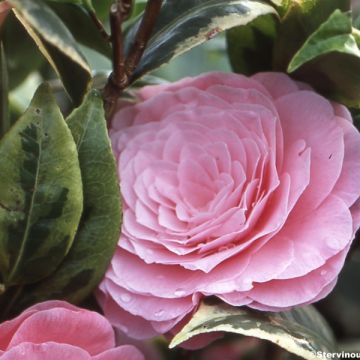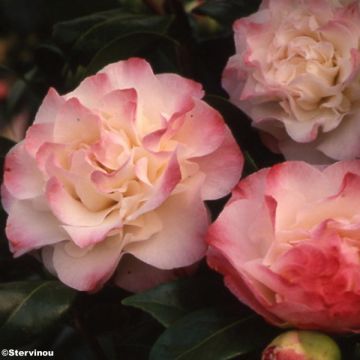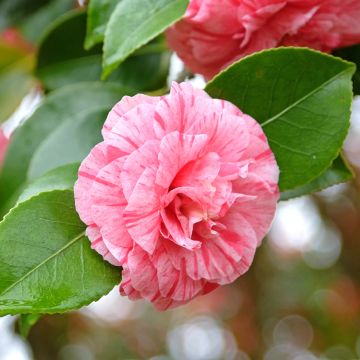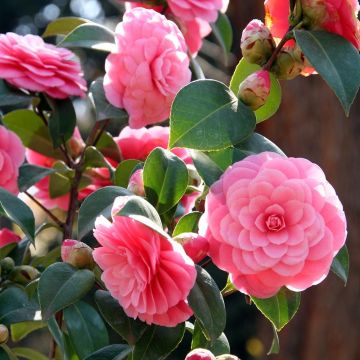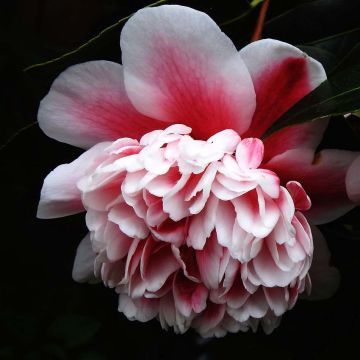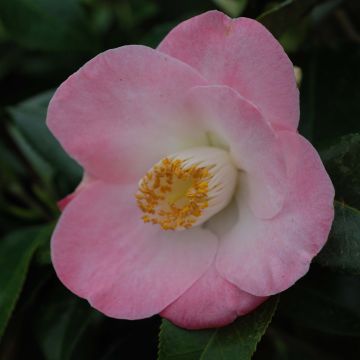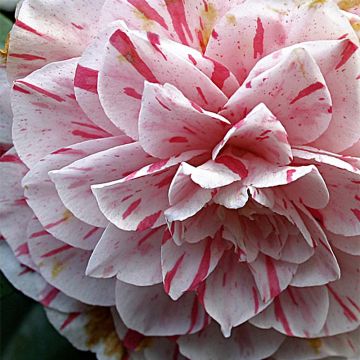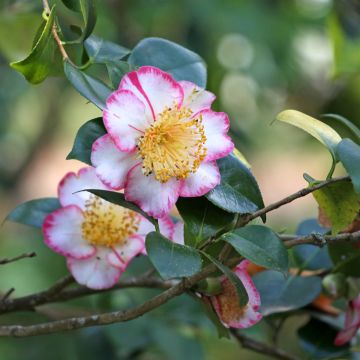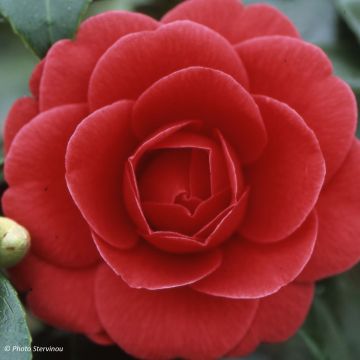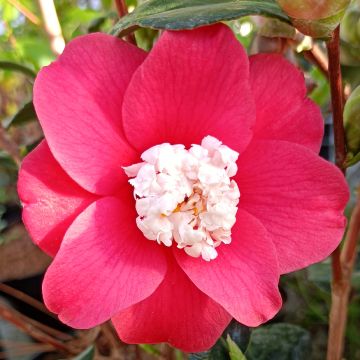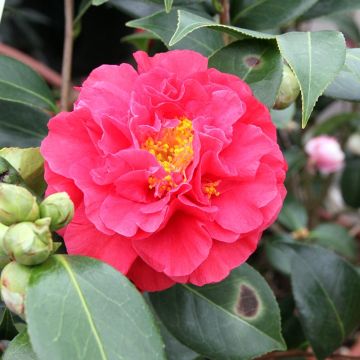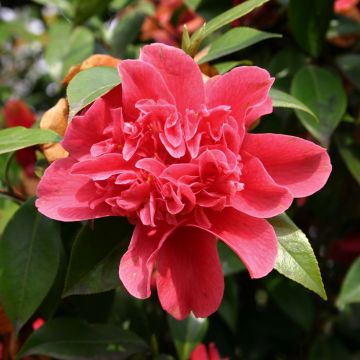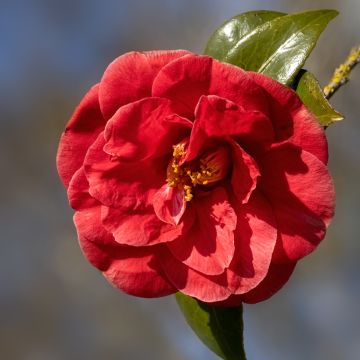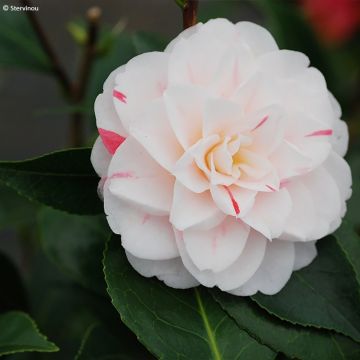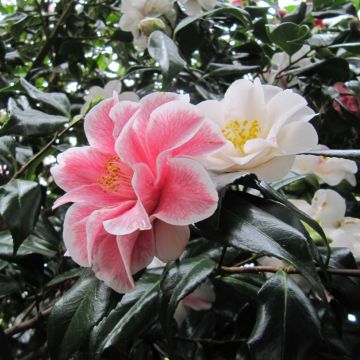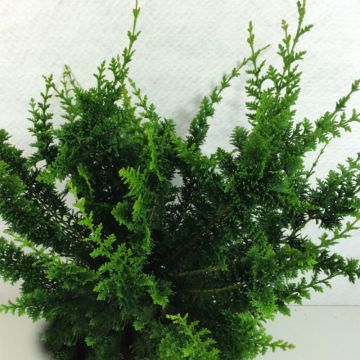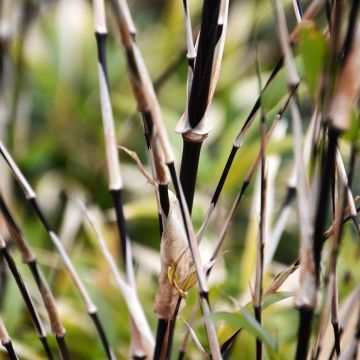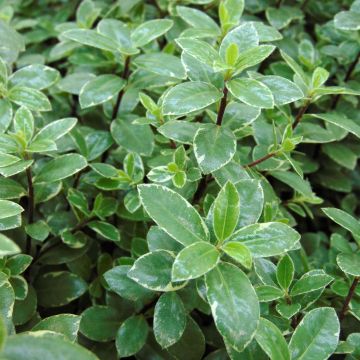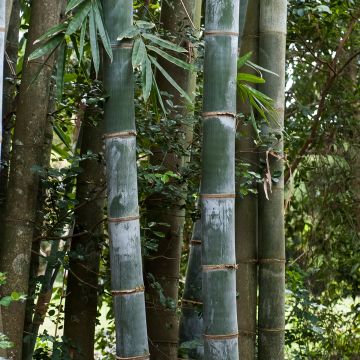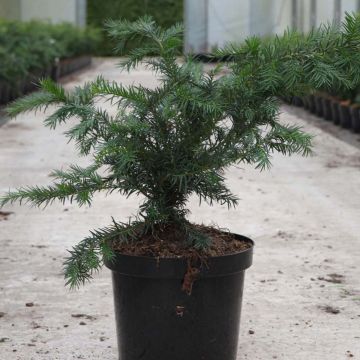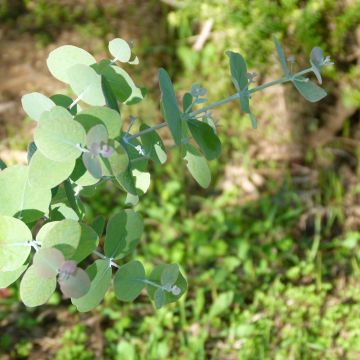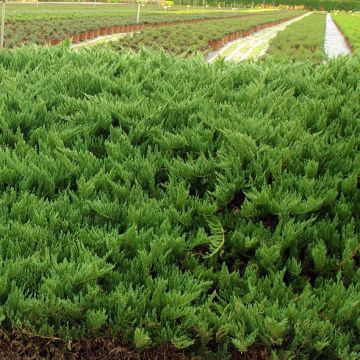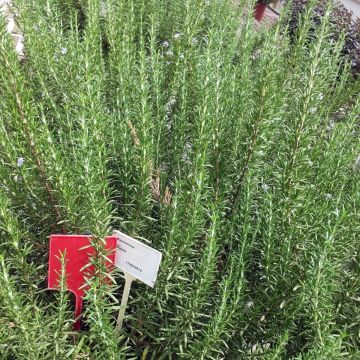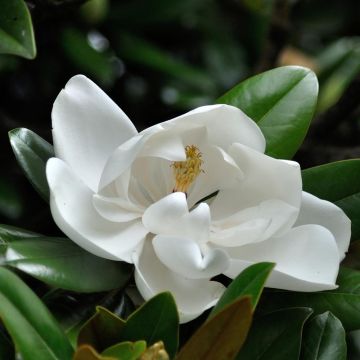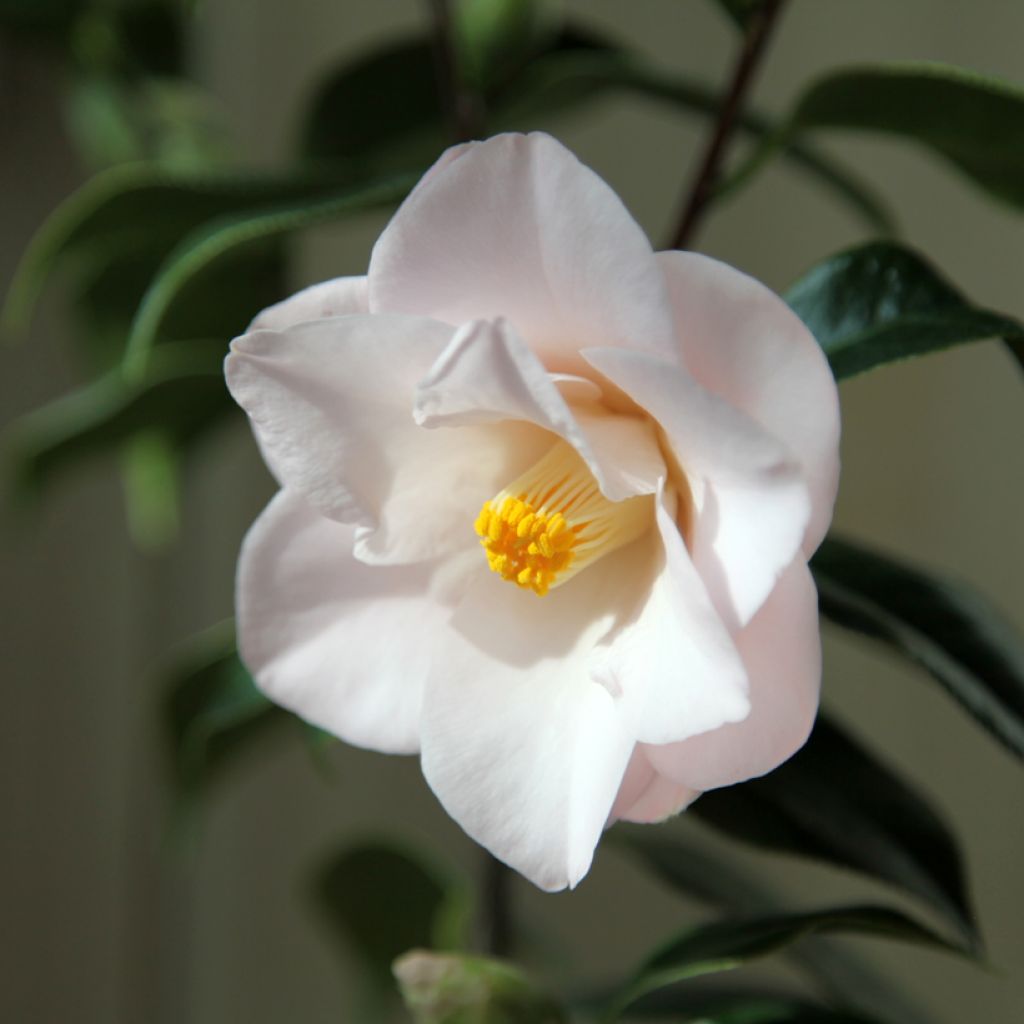

Camellia japonica Hagoromo
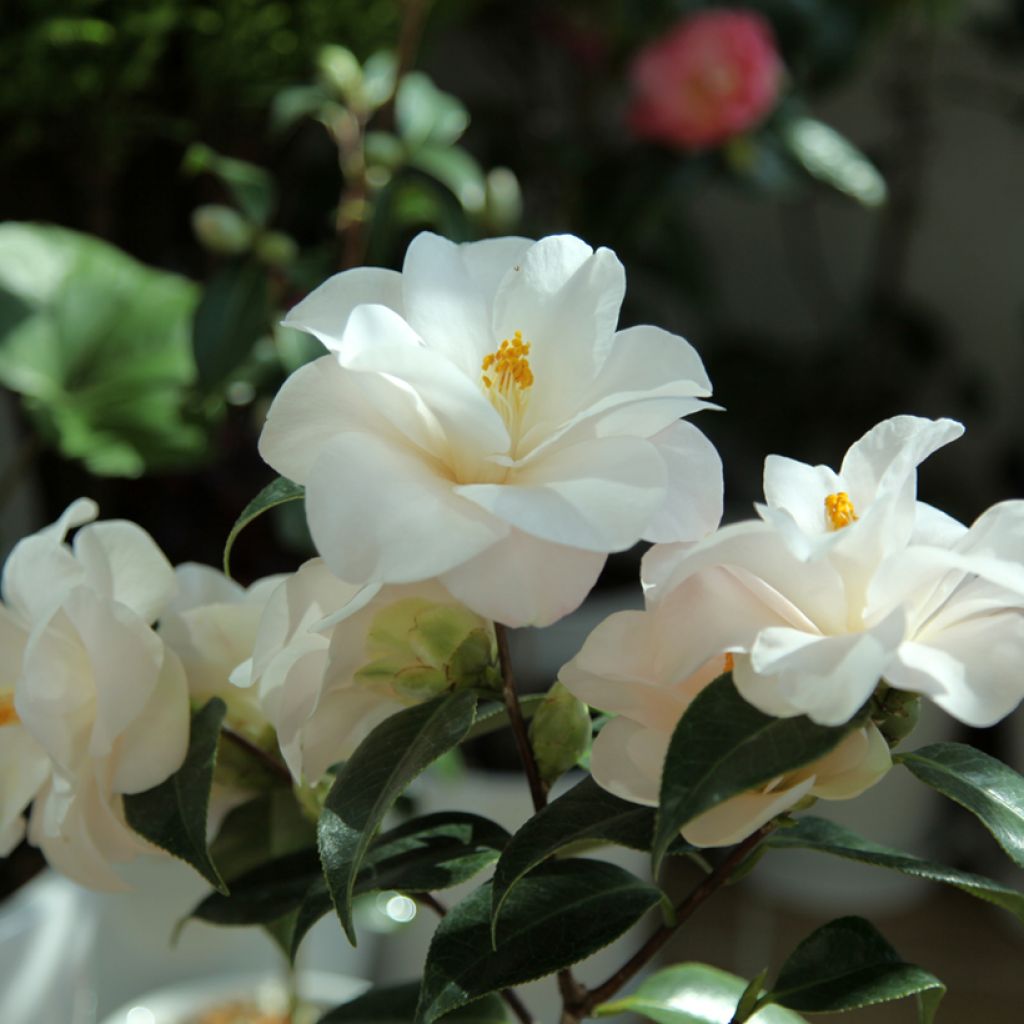

Camellia japonica Hagoromo
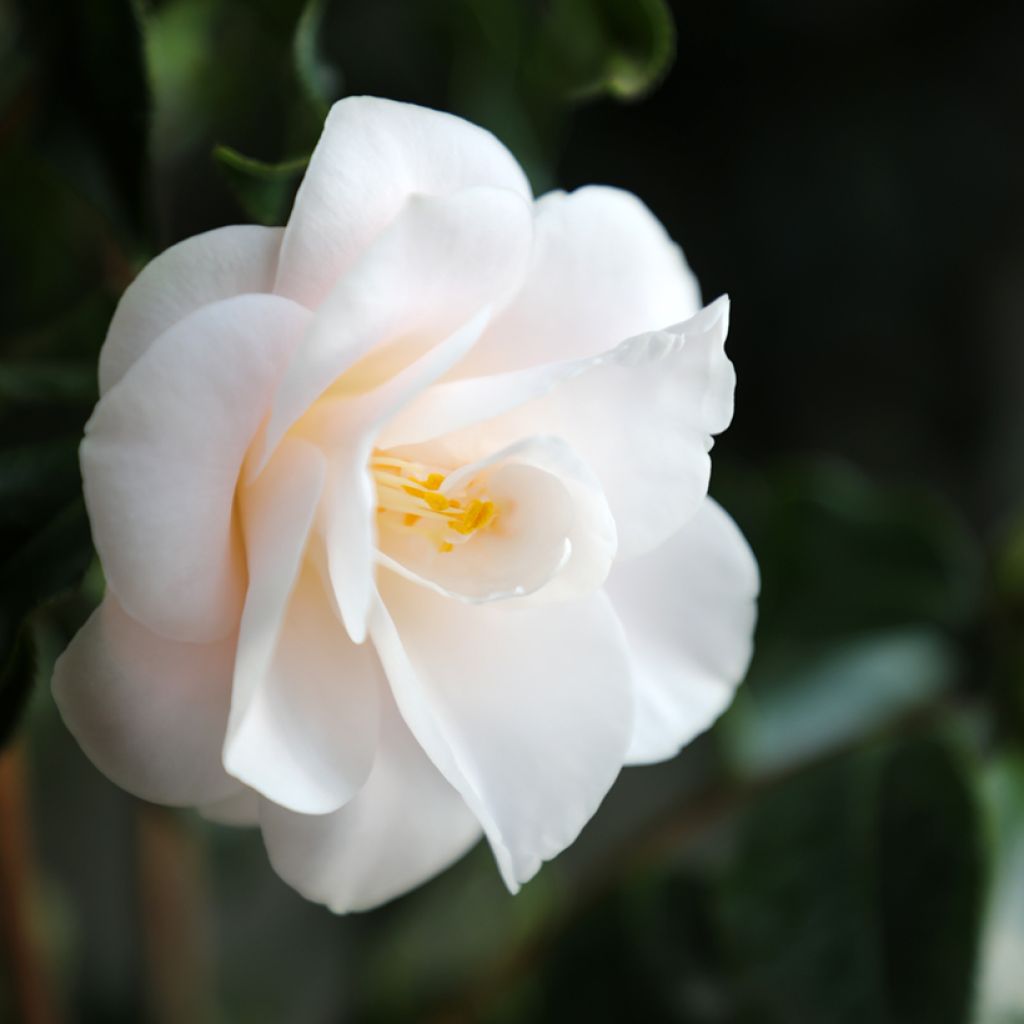

Camellia japonica Hagoromo
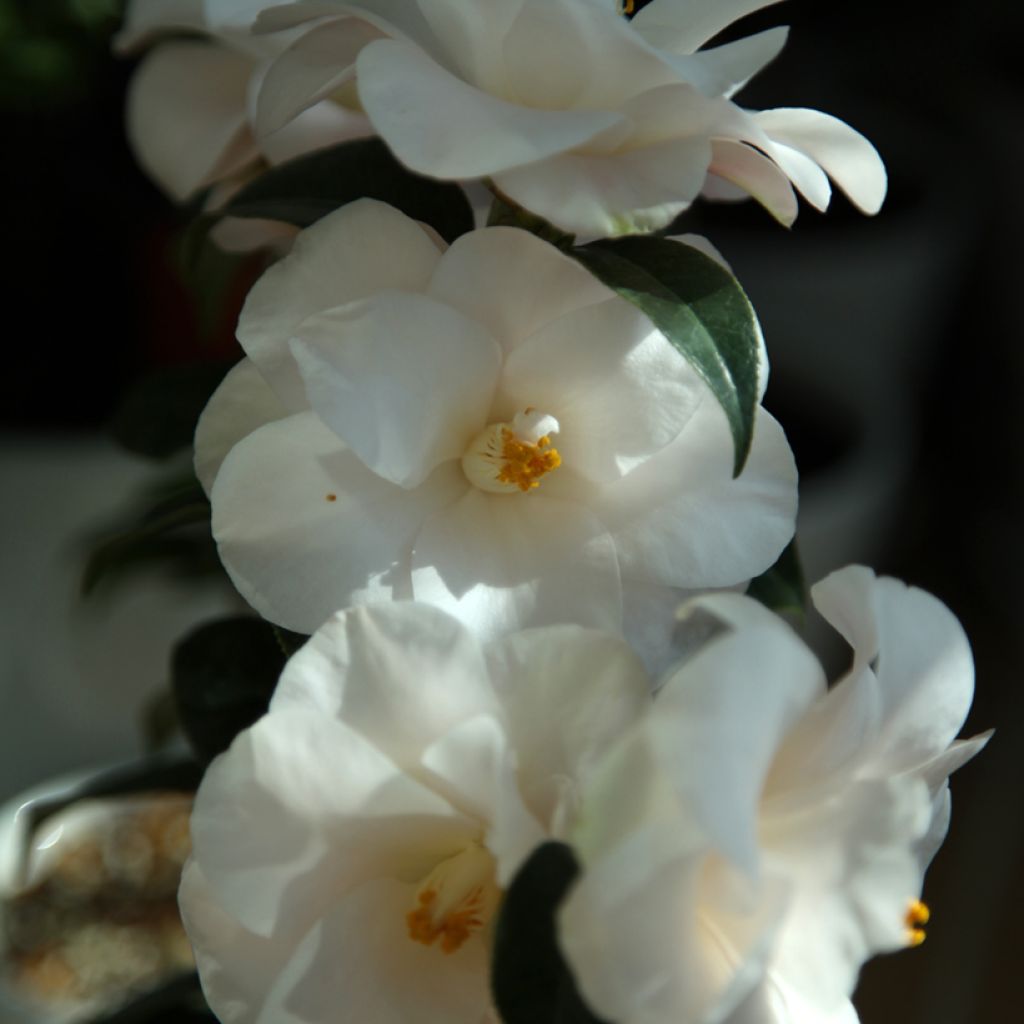

Camellia japonica Hagoromo
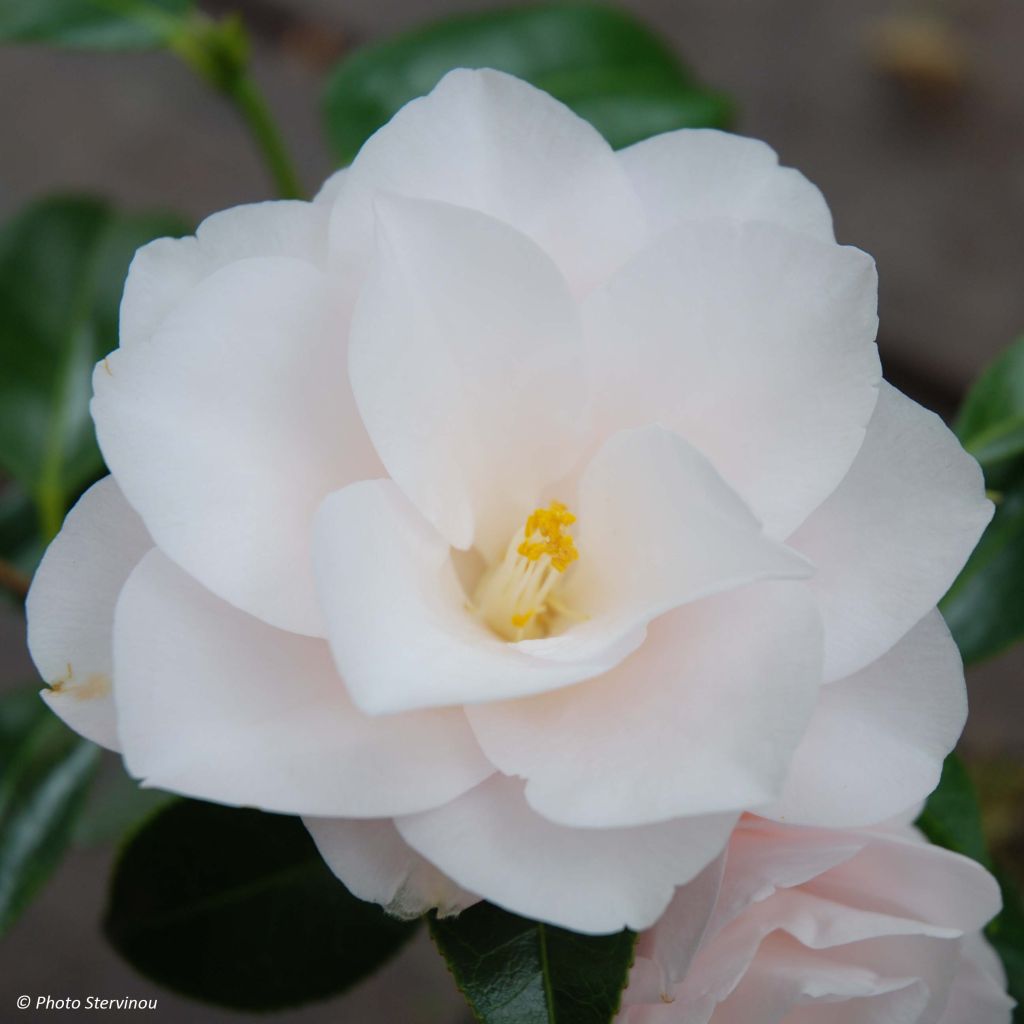

Camellia japonica Hagoromo
Camellia japonica Hagoromo
Camellia japonica Hagoromo
Japanese Camellia, Rose of winter
Very beautiful camellia, healthy and vigorous, it has a somewhat rustic shape but the flowers are simply magnificent!
Laetitia, 11/05/2023
Why not try an alternative variety in stock?
View all →This plant carries a 24 months recovery warranty
More information
We guarantee the quality of our plants for a full growing cycle, and will replace at our expense any plant that fails to recover under normal climatic and planting conditions.
From €5.90 for pickup delivery and €6.90 for home delivery
Express home delivery from €8.90.


Does this plant fit my garden?
Set up your Plantfit profile →
Description
Camellia japonica 'Hagoromo' is a very old Japanese variety also known as 'Magnoliaeflora', probably due to the resemblance of its flowers to those of certain magnolias. Of medium size, they are semi-double and composed of beautifully incurved and delicately coloured opaline pink petals. This absolutely charming flowering takes place from January to May on a bush with a neat upright habit that is also adorned with narrow, twisted, and dark foliage. An irresistible variety that will become the glory of the garden or terrace in mild and humid regions, in acid soil.
Camellia japonica 'Hagoromo', obtained in Japan in the 18th century, has received the RHS Award of Garden Merit for its exceptional ornamental qualities and for its performance in the garden. It belongs to the Theaceae family, just like its ancestor Camellia japonica. It is a bush with medium vigour and fairly slow growth, with a dense but upright habit. At the age of 10, it will reach about 1.4m (5ft) in height and 90cm (36in) in width. At maturity, after 20 years, it can measure more than 2m (7ft) in height and 1.5m (5ft) in width, under good growing conditions. From February to April, it produces semi-double flowers, 10cm (4in) wide, made of thick petals of a very tender pink arranged around a heart of yellow stamens. Its evergreen foliage consists of elliptical leaves, which are quite narrow for a camellia, 10 to 12cm (4 to 5in) long. The leaves are leathery, slightly twisted, dark green and very glossy on the upper side. While this bush is hardy down to -15°C (5°F) in open ground and in a sheltered location, its flowering may be compromised by snow, icy wind, and temperatures below -5°C (23°F).
Camellia japonica 'Hagoromo' thrives in mild and humid climates and performs better in coastal regions, in acidic, humus-rich, and well-drained soil. As for exposure, it will accept morning and evening sun in favourable climates, but it will give its best in semi-shade, protected from scorching sun and strong winds. In the garden, for example, you can plant it within a shrub border, along with other acidophilous plants like Rhododendrons, Azaleas, Cornus Kousa, Japanese Maples, or Kalmia Latifolia. But it would be a shame to drown this 'Hagoromo' variety in a tangle of foliage or flowers. It deserves a special place, near the entrance of the house, or in a beautiful pot on a terrace, to be protected during very cold climates in winter.
Report an error about the product description
Camellia japonica Hagoromo in pictures
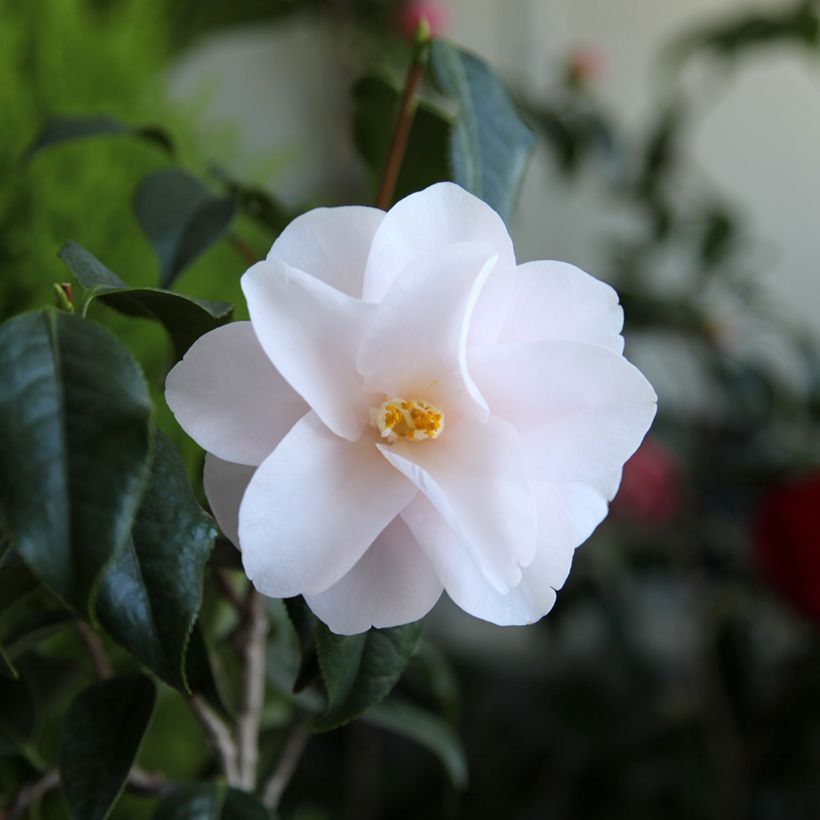

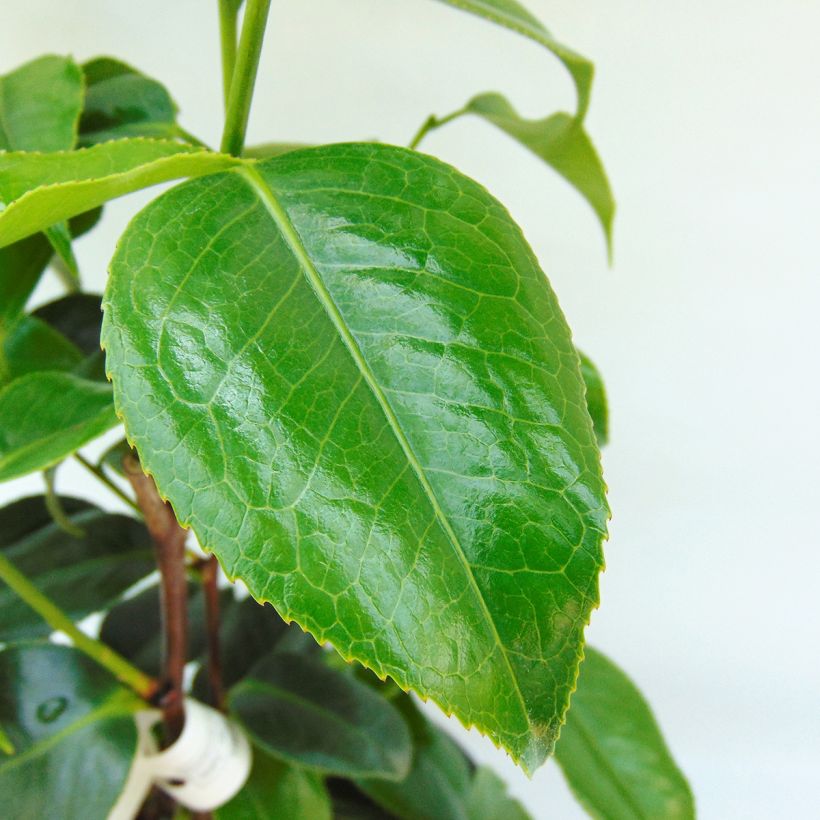

Plant habit
Flowering
Foliage
Botanical data
Camellia
japonica
Hagoromo
Theaceae
Japanese Camellia, Rose of winter
Cultivar or hybrid
Other Japanese Camellia
Planting and care
It can tolerate full sun in favourable climates, but it performs best in partial shade, protected from scorching sun and sheltered from strong winds. Plant it in humus-rich, acidic, and moist but well-drained soil. Do not plant the bush too deeply; the top of the root ball should be covered with 3cm (1in) of soil. In winter, cover it with a 5 to 7cm (2 to 3in) thick mulch composed of leaf compost and shredded bark. Beware of late frosts that can damage flowers and buds. During dry periods, water the bush to prevent bud drop. It is recommended to plant the camellia in autumn to promote proper root growth and better flowering from the first year. Possible diseases include chlorosis caused by excess limestone, brown spots caused by sunburn on south-facing leaves, sooty mould, scale insects, and weevils.
Pruning is not necessary, but if needed, it should be done sparingly just after flowering, before the emergence of new spring shoots. Most camellia hybrids do not recover from severe pruning.
Planting period
Intended location
Care
-
, onOrder confirmed
Reply from on Promesse de fleurs
Evergreen shrubs
Haven't found what you were looking for?
Hardiness is the lowest winter temperature a plant can endure without suffering serious damage or even dying. However, hardiness is affected by location (a sheltered area, such as a patio), protection (winter cover) and soil type (hardiness is improved by well-drained soil).

Photo Sharing Terms & Conditions
In order to encourage gardeners to interact and share their experiences, Promesse de fleurs offers various media enabling content to be uploaded onto its Site - in particular via the ‘Photo sharing’ module.
The User agrees to refrain from:
- Posting any content that is illegal, prejudicial, insulting, racist, inciteful to hatred, revisionist, contrary to public decency, that infringes on privacy or on the privacy rights of third parties, in particular the publicity rights of persons and goods, intellectual property rights, or the right to privacy.
- Submitting content on behalf of a third party;
- Impersonate the identity of a third party and/or publish any personal information about a third party;
In general, the User undertakes to refrain from any unethical behaviour.
All Content (in particular text, comments, files, images, photos, videos, creative works, etc.), which may be subject to property or intellectual property rights, image or other private rights, shall remain the property of the User, subject to the limited rights granted by the terms of the licence granted by Promesse de fleurs as stated below. Users are at liberty to publish or not to publish such Content on the Site, notably via the ‘Photo Sharing’ facility, and accept that this Content shall be made public and freely accessible, notably on the Internet.
Users further acknowledge, undertake to have ,and guarantee that they hold all necessary rights and permissions to publish such material on the Site, in particular with regard to the legislation in force pertaining to any privacy, property, intellectual property, image, or contractual rights, or rights of any other nature. By publishing such Content on the Site, Users acknowledge accepting full liability as publishers of the Content within the meaning of the law, and grant Promesse de fleurs, free of charge, an inclusive, worldwide licence for the said Content for the entire duration of its publication, including all reproduction, representation, up/downloading, displaying, performing, transmission, and storage rights.
Users also grant permission for their name to be linked to the Content and accept that this link may not always be made available.
By engaging in posting material, Users consent to their Content becoming automatically accessible on the Internet, in particular on other sites and/or blogs and/or web pages of the Promesse de fleurs site, including in particular social pages and the Promesse de fleurs catalogue.
Users may secure the removal of entrusted content free of charge by issuing a simple request via our contact form.
The flowering period indicated on our website applies to countries and regions located in USDA zone 8 (France, the United Kingdom, Ireland, the Netherlands, etc.)
It will vary according to where you live:
- In zones 9 to 10 (Italy, Spain, Greece, etc.), flowering will occur about 2 to 4 weeks earlier.
- In zones 6 to 7 (Germany, Poland, Slovenia, and lower mountainous regions), flowering will be delayed by 2 to 3 weeks.
- In zone 5 (Central Europe, Scandinavia), blooming will be delayed by 3 to 5 weeks.
In temperate climates, pruning of spring-flowering shrubs (forsythia, spireas, etc.) should be done just after flowering.
Pruning of summer-flowering shrubs (Indian Lilac, Perovskia, etc.) can be done in winter or spring.
In cold regions as well as with frost-sensitive plants, avoid pruning too early when severe frosts may still occur.
The planting period indicated on our website applies to countries and regions located in USDA zone 8 (France, United Kingdom, Ireland, Netherlands).
It will vary according to where you live:
- In Mediterranean zones (Marseille, Madrid, Milan, etc.), autumn and winter are the best planting periods.
- In continental zones (Strasbourg, Munich, Vienna, etc.), delay planting by 2 to 3 weeks in spring and bring it forward by 2 to 4 weeks in autumn.
- In mountainous regions (the Alps, Pyrenees, Carpathians, etc.), it is best to plant in late spring (May-June) or late summer (August-September).
The harvesting period indicated on our website applies to countries and regions in USDA zone 8 (France, England, Ireland, the Netherlands).
In colder areas (Scandinavia, Poland, Austria...) fruit and vegetable harvests are likely to be delayed by 3-4 weeks.
In warmer areas (Italy, Spain, Greece, etc.), harvesting will probably take place earlier, depending on weather conditions.
The sowing periods indicated on our website apply to countries and regions within USDA Zone 8 (France, UK, Ireland, Netherlands).
In colder areas (Scandinavia, Poland, Austria...), delay any outdoor sowing by 3-4 weeks, or sow under glass.
In warmer climes (Italy, Spain, Greece, etc.), bring outdoor sowing forward by a few weeks.

































